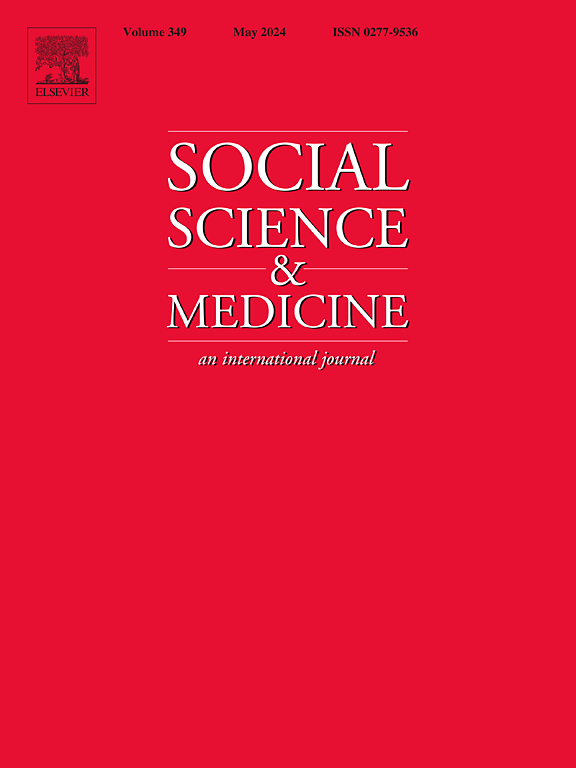How many doctors does a health system need? Histories of workforce planning in the NHS
IF 4.9
2区 医学
Q1 PUBLIC, ENVIRONMENTAL & OCCUPATIONAL HEALTH
引用次数: 0
Abstract
Health systems across the world are currently facing profound workforce shortages. This is, however, not a new phenomenon. Drawing on the case study of the British National Health Service (NHS), we explore how it has struggled to answer the fundamental question of how many doctors it needs with any accuracy or certainty. While the NHS is organisationally complex, it remains one of the world's most monopolistic health care systems. Despite this, the task of workforce planning has always been beset with basic problems of data accuracy and availability, and a lack of integration with resourcing. Given this, we first explore how fears over doctor ‘shortages’ have, historically, been intimately linked to concerns about the possible over-supply of doctors. We then examine the mechanistic ways in which current and future doctor numbers have been calculated before setting these efforts in political and policy context. These efforts have consistently revealed that there are numerous “imponderables” that, while crucial to answering the question of how many doctors the NHS needs, remain largely unknowable: how to achieve a ‘balanced’ system; understanding the work done by doctors and their productivity; and the impact of technology. Drawing on the work of British health economists writing in the 1970s, we examine how the expanded capacity to address medical need has only reinforced the need (and case) for ever more doctors. In conclusion, we argue that the insatiable need of the NHS for more doctors shows no sign of abating. Responding to this will inevitably require politically unpalatable resourcing trade-offs of the kind that have been largely absent from public debate.
求助全文
约1分钟内获得全文
求助全文
来源期刊

Social Science & Medicine
PUBLIC, ENVIRONMENTAL & OCCUPATIONAL HEALTH-
CiteScore
9.10
自引率
5.60%
发文量
762
审稿时长
38 days
期刊介绍:
Social Science & Medicine provides an international and interdisciplinary forum for the dissemination of social science research on health. We publish original research articles (both empirical and theoretical), reviews, position papers and commentaries on health issues, to inform current research, policy and practice in all areas of common interest to social scientists, health practitioners, and policy makers. The journal publishes material relevant to any aspect of health from a wide range of social science disciplines (anthropology, economics, epidemiology, geography, policy, psychology, and sociology), and material relevant to the social sciences from any of the professions concerned with physical and mental health, health care, clinical practice, and health policy and organization. We encourage material which is of general interest to an international readership.
 求助内容:
求助内容: 应助结果提醒方式:
应助结果提醒方式:


